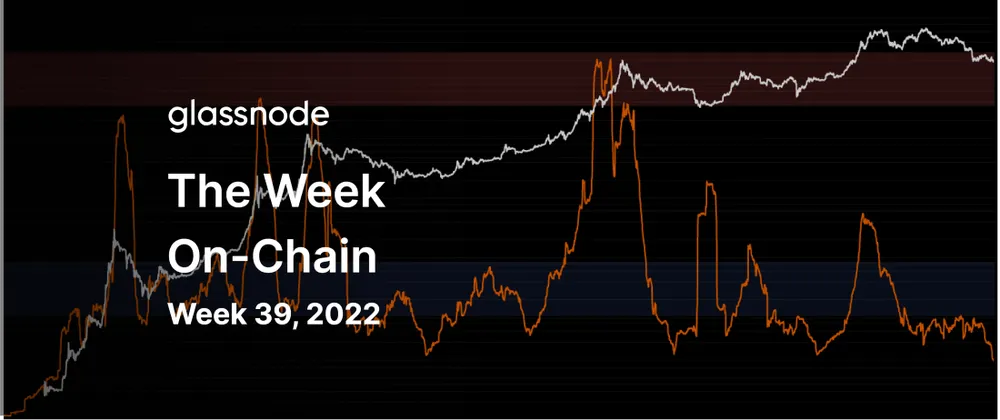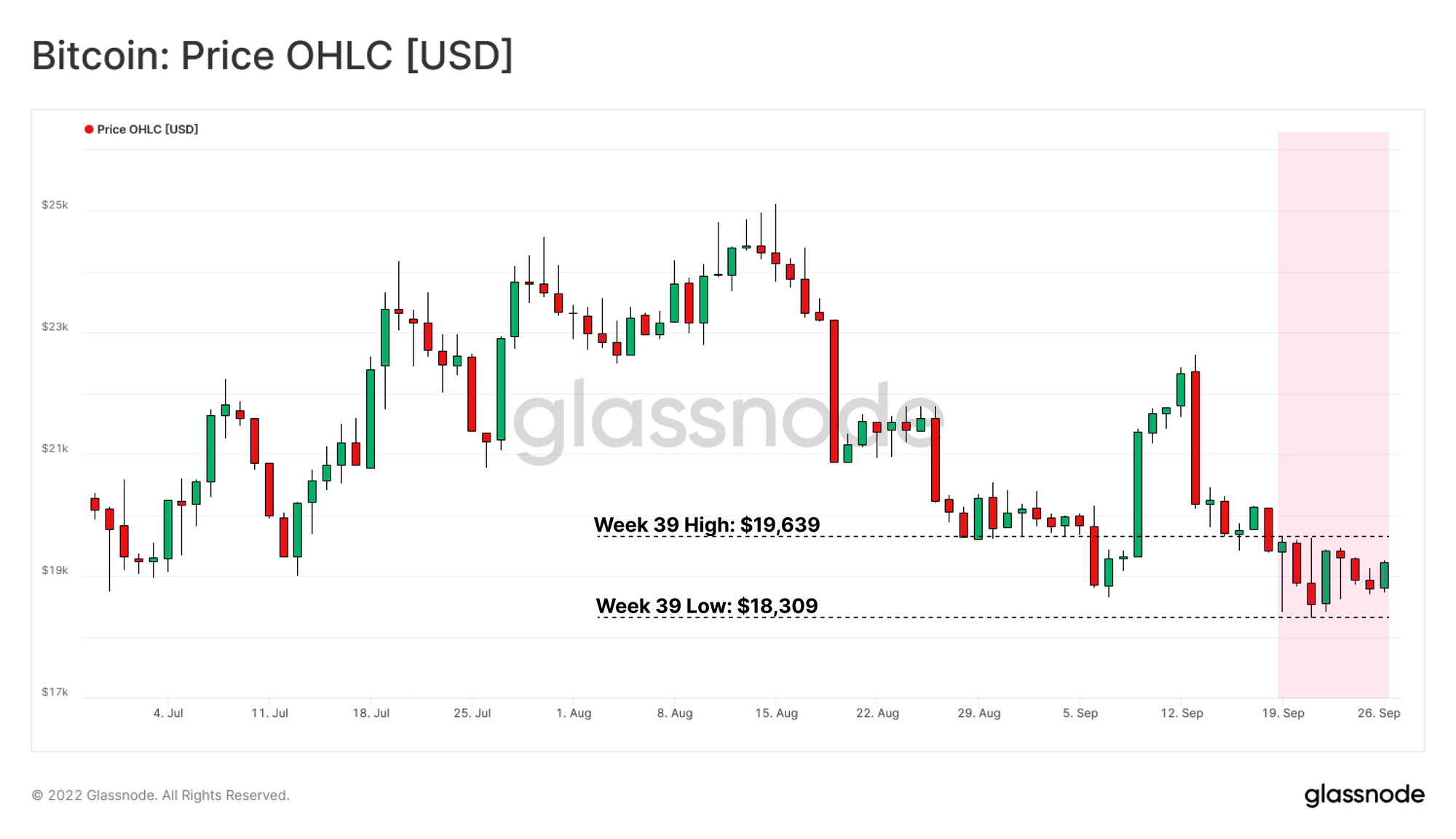The Great Detox
Bitcoin has once again rejected below the psychological $20k region, plunging Short-Term Holders into severe unrealized loss. However, HODLers remain steadfast, with numerous metrics displaying a full cycle detox.

As the evaporation in global liquidity continues, emphasized by new local highs on the DXY index, Bitcoin has remarkably shown a degree of relative strength. BTC prices remained range bound this week, trading between a peak of $19,639 and lows of $18,309. However, price action is just barely hanging on to the consolidation range lows set in July, holding the line from what could be further capitulation.
In this edition, we shall analyze the activity profile of the network from the pillars of adoption, retail participation, and settlement utility. We will also explore the concept of lifespan to further understand the symbiotic relationship between network activity and participant spending behavior.

Translations
This Week On-chain is now being translated into Spanish, Italian, Chinese, Japanese, Turkish, French, Portuguese, Farsi, Polish, Arabic, Russian, Vietnamese and Greek.
The Week Onchain Dashboard
The Week Onchain Newsletter has a live dashboard with all featured charts

